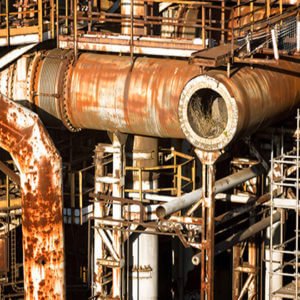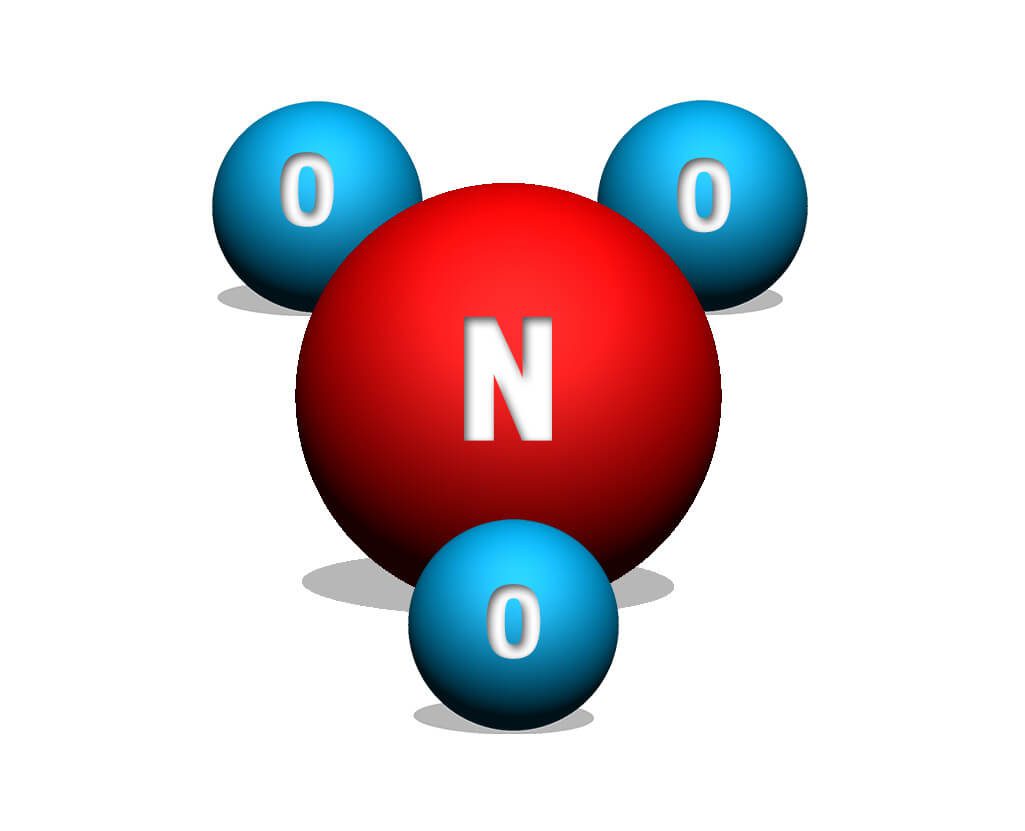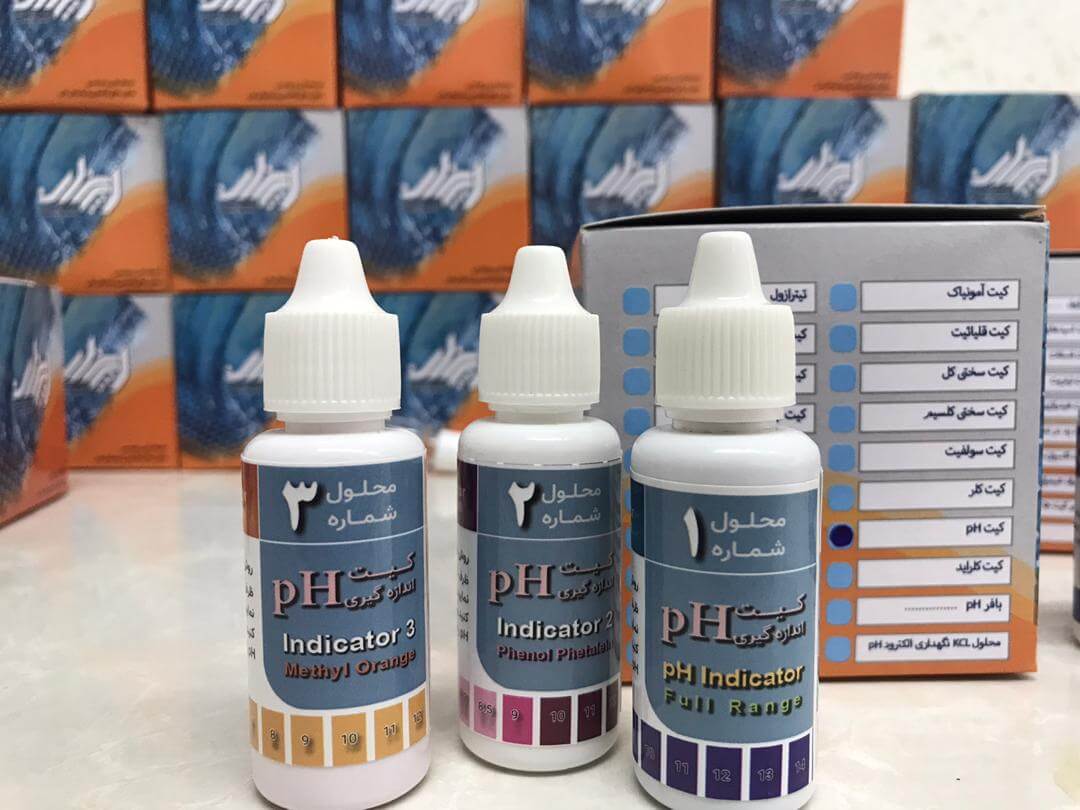

Ever more stringent environmental regulations have led the European process industries to carry out activities in order to achieve an efficient management and exploitation of resources [1]. Water is one of the most relevant and fundamental resources for most production cycles, therefore, the implementation of resource efficiency includes the reduction of freshwater intake and emission [2].
The steel industry uses large quantities of water. Nevertheless a very small amount is consumed, as most water is reused or returned to the source. Water is used not only in cooling operations, but also for other processes, such as descaling and dust scrubbing. All types of water are used in steelmaking processes. Fresh water is mainly used for processes and direct and indirect cooling, while seawater is normally used for once-through cooling after an antifouling pretreatment.
Steel is produced through two alternative routes: the integrated cycle, where steel is produced from virgin raw materials, and the electric route, which produces steel by melting scrap in an electric arc furnace (EAF). The average water intake for an integrated steelworks is 28.6 m3 per tonne of produced steel, with an average water discharge of 25.3 m3/tonne of steel. For the electric route, the average intake is 28.1 m3 per tonne of steel, with an average discharge of 26.5 m3 per tonne of steel. Consequently, the overall water consumption per tonne of steel produced is low (from 3.3 m3 to 1.6 m3) and water losses are mainly due to evaporation [3]. To sum up, the overall water consumption in a steelmaking site is actually limited. Most of the consumed water is evaporated and around 90% (on average, 88% in an integrated plant and 94% in an EAF-based plant) of the water is discharged after cleaning and/or cooling and often used by other utilities [4].
As fresh water availability and quality represent major concerns, water resource management is an important challenge to face in order to improve sustainability of the production cycle. Water, as well as steel, can be reused and recycled. However, as the increase of water recycling, after cleaning and cooling, can decrease the water quality, steelworks are committed to reducing water use and consumption or to improve the cleaning technologies. Water needs to be cooled and desalinised, as the increase of salt concentration in water circulation systems (due to evaporation) can not only be an environmental issue, but also negatively affect plant equipment (e.g., in the rolling mills). For instance, phosphates can cause the eutrophication of the water environment, chlorides can lead to metal equipment corrosion, while carbonates lead to scale formation in the pipes, causing an increase of energy consumption.
Considering the desalination processes and the related crystallization of solid salt out of the brines (a by-product of the desalination process), significant amounts of energy are required with a consequent CO2 emissions increase. Statistical analyses of factors affecting specific energy consumption (SEC) have been exploited in order to predict the energy consumption of desalination. In addition, an economic analysis showed a weak statistical relationship between SEC and cost of water production [5]. Nevertheless, the quality of the recovered salts is usually of poor quality and, as a consequence, these salts cannot be re-used. Furthermore, they need to be disposed of in landfills, affecting the quality of the leachate.
A leachate is any liquid that, in the course of passing through matter, extracts soluble or suspended solids, or any other component of the material through which it has passed.
liquid that takes in substances from the material through which it passes, often making the liquid harmful or poisonous: Residents worry that leachate from the landfill may eventually contaminate their water source.
In order to reach an efficient use of water resources in the steel sector, a holistic and balanced approach is needed, which considers actual consumptions without neglecting other aspects, such as water availability and quality, plant configuration, and energy efficiency [6]. Furthermore, as water-related challenges (i.e., availability, seasonal shortage, competition with other users) depend on regions and countries, it is important to have a local approach and a tailor-made regulatory framework. Both traditional and advanced wastewater treatments (e.g., chemical sedimentation/ clarification combined with flocculation) are focused on producing high-quality water, as well as highly efficient water recycling [2]. This has led to reduced extraction of groundwater [7]. Previous studies have been carried out in order to apply reverse osmosis (RO) and nanofiltration for the treatment and reuse of wastewater in other sectors, such as tannery [8] and textile industries [9]. In the steel sector, electrodialysis and ion exchange have been applied for the treatment of wastewater from rinsing of stainless steel etched in nitric acid and hydrofluoric acid [10]. In addition, the combination of ultrafiltration (UF) and RO has been tested for producing deionised water from surface waters [11]. A more efficient application of RO can be achieved through the combination with a pre-treatment, such as back-washable microfiltration (BMF) [12]. However, salts, microorganisms, and pollutants can cause membrane fouling in the RO process, reducing its efficiency. The application of pre-treatments (e.g., disinfection, acidification, addition of coagulants and/or flocculants, media filtration, and cartridge filtration) can prevent fouling. Moreover, as traditional pre-treatments are often not efficient in removing fine colloidal suspended solid organic matter, continuous microfiltration (CMF) and UF can be applied, resulting in high-quality water for industrial applications and cost reductions [13,14].



